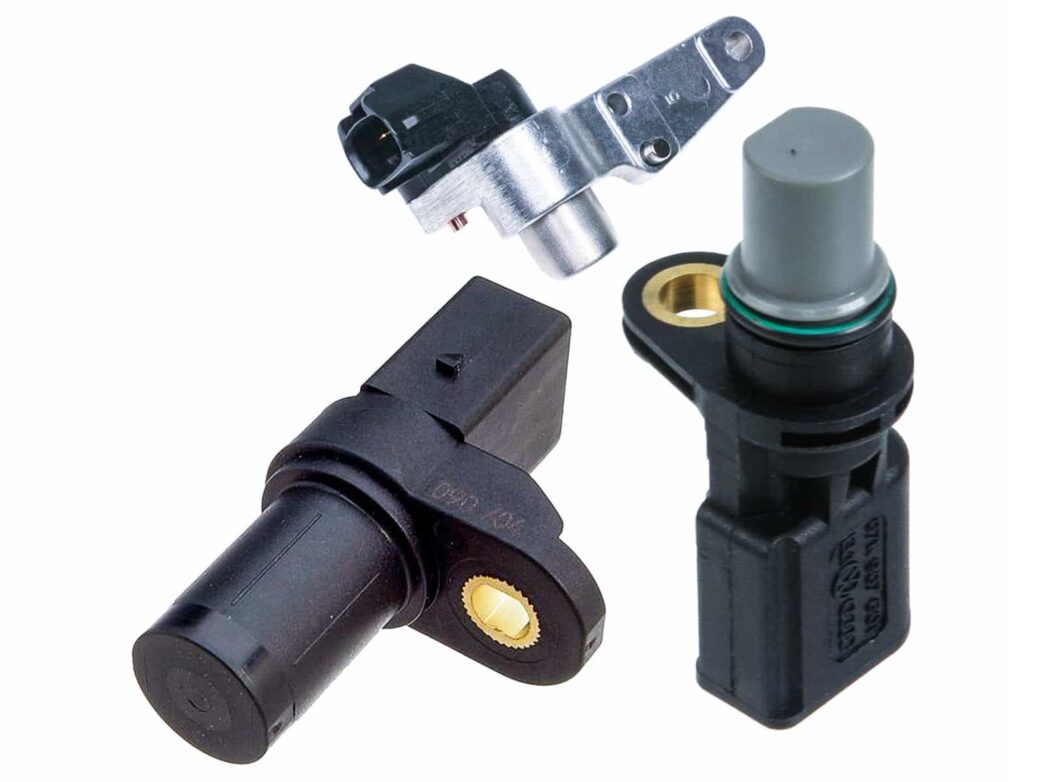The camshaft sensor in a Santa Fe 2.0 CRDi is responsible for monitoring the position of the camshaft and sending that information to the engine control unit (ECU). It is an essential component of the engine management system, as it helps the ECU determine the precise timing for fuel injection and ignition.
A faulty camshaft sensor can cause various issues, including poor engine performance, misfires, and even a complete engine failure. Therefore, it is crucial to test the camshaft sensor regularly to ensure it is working correctly. In this article, we will guide you through the process of testing a camshaft sensor in a Santa Fe 2.0 CRDi.
How to test a camshaft sensor of santa fe 2.0 crdi.
Before getting started, make sure you have the following tools and equipment:
- A multimeter: This device will be used to measure the voltage and resistance of the camshaft sensor.
- Safety gloves and goggles: Always prioritize your safety when working on any part of the vehicle.
- A workshop manual: This will provide you with the specific testing procedures and specifications for your Santa Fe 2.0 CRDi model.
Here’s a step-by-step guide on how to test the camshaft sensor:
Step 1: Prepare the Vehicle
Start by parking the Santa Fe on a level surface and engaging the parking brake. Make sure the engine is turned off and the key is removed from the ignition. This will prevent any accidents or injuries during the testing process.
Step 2: Locate the Camshaft Sensor
The camshaft sensor is usually located near the camshaft itself. Refer to your workshop manual to find the exact location of the sensor in your Santa Fe 2.0 CRDi model. It is typically found on the cylinder head or the engine block and is connected to the wiring harness.
Step 3: Disconnect the Camshaft Sensor
Once you have located the camshaft sensor, carefully disconnect the electrical connector. This can usually be done by pressing the retaining tab and pulling the connector away from the sensor. Take extra care not to damage the connector or the wiring during the process.
Step 4: Inspect the Camshaft Sensor
Before proceeding with the testing, visually inspect the camshaft sensor to ensure it is not physically damaged. Look for any signs of corrosion, loose connections, or exposed wires. If you notice any issues, replace the sensor before continuing.
Step 5: Testing the Camshaft Sensor Voltage
To test the camshaft sensor’s voltage, follow these steps:
- Set your multimeter to measure DC voltage.
- Connect the black lead of the multimeter to the negative terminal of the battery or a good ground point on the vehicle.
- Connect the red lead of the multimeter to the positive terminal on the camshaft sensor connector. This is the wire responsible for supplying voltage to the sensor.
- Turn the ignition switch to the “ON” position without starting the engine.
- Read the voltage displayed on the multimeter. It should be within the specified range provided in your workshop manual. If the voltage is outside the acceptable range, the sensor may be faulty and needs to be replaced.
Step 6: Testing the Camshaft Sensor Resistance
To test the camshaft sensor’s resistance, follow these steps:
- Set your multimeter to measure resistance (ohms).
- Disconnect the camshaft sensor connector.
- Connect the red lead of the multimeter to one of the pins on the camshaft sensor connector.
- Connect the black lead of the multimeter to the other pin on the camshaft sensor connector.
- Read the resistance displayed on the multimeter. Compare it to the specified range in the workshop manual. If the resistance is not within the acceptable range, the sensor may be faulty and should be replaced.
Step 7: Testing the Camshaft Sensor Waveform
If your Santa Fe 2.0 CRDi is equipped with an oscilloscope or a diagnostic scanner capable of capturing waveform data, you can perform a more in-depth testing of the camshaft sensor. This will allow you to analyze the sensor’s signal and detect any irregularities or inconsistencies.
- Connect the oscilloscope or diagnostic scanner to the camshaft sensor connector.
- Start the engine and let it idle.
- Analyze the waveform displayed on the device. It should show a consistent and smooth signal with no significant variations. Any irregularities may indicate a faulty sensor that needs to be replaced.
Step 8: Replacing the Camshaft Sensor
If the camshaft sensor fails any of the tests, it is advisable to replace it with a new one. Follow these steps to replace the sensor:
- Start by disconnecting the battery to prevent any electrical accidents.
- Remove any components obstructing access to the camshaft sensor, such as air intake ducts or engine covers.
- Disconnect the wiring harness from the sensor and remove any retaining bolts securing it in place.
- Install the new camshaft sensor in the reverse order, ensuring a proper fit and connection.
- Reconnect the battery.
Step 9: Clearing Error Codes and Testing
After installing a new camshaft sensor, clear any error codes stored in the ECU using a diagnostic scanner or disconnecting the battery for a few minutes. Once cleared, start the engine and test the vehicle to ensure proper functioning. Monitor the engine performance, idle speed, and any potential warning lights.
By following these steps, you can effectively test the camshaft sensor of your Santa Fe 2.0 CRDi, helping you identify and resolve any issues before they cause serious damage or affect your vehicle’s performance. Regular testing and maintenance of the camshaft sensor will contribute to a smoother and more reliable driving experience.



